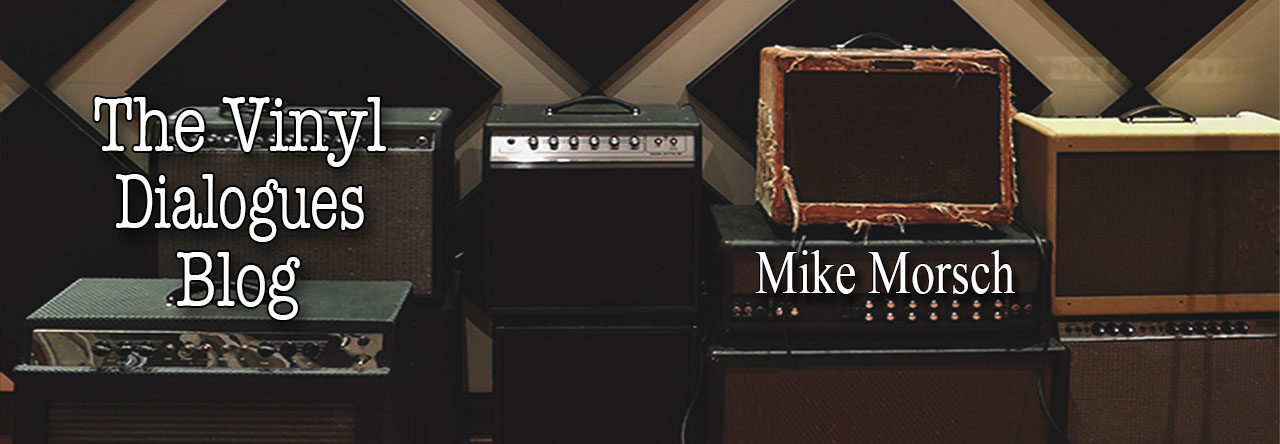Before the show Friday night at the Tower Theater in Philadelphia, people were gravitating toward the stage to take pictures of Ringo Starr’s drum set.
It was the day before Halloween, but the only sign of that was a jack-o-lantern that was sitting on the riser alongside the drum set. On the pumpkin was an image of Ringo. I recognized it right away. It was the way Ringo was drawn for the Beatles Saturday morning cartoon series that ran on ABC from 1965 through 1969. It was one of my favorite cartoons as a kid and I watched it every Saturday.
The image on the pumpkin immediately reminded me of my childhood and a much simpler time. And it reminded me that it’s pretty universally agreed upon now that Ringo was in a pretty good band in the 1960s, a band that was big enough to have its own Saturday … Read more
